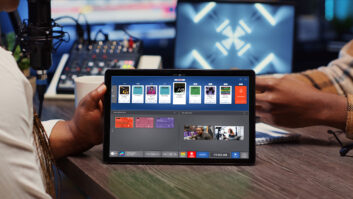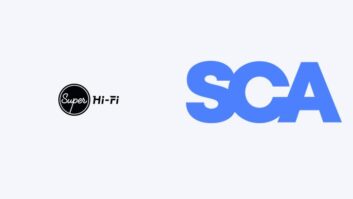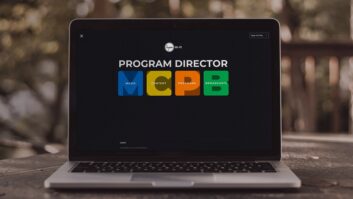Brendon Cassidy is founder and chief technology officer of Super Hi-Fi. At the NAB Show he will give a Saturday talk in the Broadcast Engineering & IT Conference titled “Redefining the Live Radio Technology Infrastructure and Workflows for Talent and Technical Teams.”
Radio World: What is the session about, specifically?
Brendon Cassidy: It describes how we virtualize radio stations by connecting them to the cloud through a series of innovative user interfaces and back-end services. The engine that runs the station itself is assembled and exists entirely in the cloud. Essentially, studios and transmitters simply become nodes on a network. This is a fundamentally different approach to operating and controlling radio stations. It has significant implications on the overall cost structure, complexity of operations and the flexibility of production.

RW: How is Super Hi-Fi involved in this redefinition?
Cassidy: With the recent enhancements to our platform and the imminent introduction of our next few products, Super Hi-Fi is in the position to offer a complete, vertically integrated, end-to-end solution for operating every aspect of a music-based radio station, including a new approach for operating live radio.
RW: What is the role of AI in this redefinition?
Cassidy: At Super Hi-Fi, AI plays a primary role in automating the manual tasks that are required for operating all forms of radio. Embedding it at the core of our solution lets humans do what they do best: bringing brands to life, telling stories and creating meaningful connections with the listener. AI is used for rote, repetitive work — building music logs, selecting imaging elements, producing segues, and managing levels — so that talent can focus on the meaningful (and more fun) parts.
[Related: “Exhibitor Viewpoint: Super Hi-Fi at the NAB Show”]
RW: Your tech is described as cloud-native. What are the benefits of doing it this way?
Cassidy: This might be a little difficult to communicate, but in our paradigm the radio station itself exists completely in the cloud. It delivers directly to transmitter sites and/or to listeners over IP. There isn’t a rack of equipment sitting in a closet somewhere that has to be managed, maintained, secured and nursed to keep things running. Operators can connect from anywhere to administer and control the station. Any studio location, or bedroom even, can now go live.
This fundamentally changes what a radio station is, how you can operate it, and the constraints for the underlying economics.
RW: You’ve said that the workflow of radio’s technical teams will benefit. How?
Cassidy: In the simplest of terms, with the right cloud-native approach, the technical work becomes ensuring that studios and transmitters maintain robust internet connectivity. Almost all of the other technical tasks are handled by the managed cloud infrastructure. This is exactly like the difference between investing in building and maintaining your own server infrastructure versus using a managed service infrastructure like Amazon Web Services. There is so much less to maintain and worry about when the cloud service manages the vast majority of the infrastructure, connectivity, security, and other underlying services.
RW: Some people hear about such developments and say, “That’s the end of the radio studio facility as we know it, and it’s taking localism with it.”
Cassidy: We strongly disagree. What is killing localism is time. As broadcasters continue to downsize and reduce staff, the remaining talent have more and more work to do. This defeats localism because they just don’t have the time to devote to it.
We unlock time by rethinking what a radio station is with tools that provide optimized workflows leveraging the power of AI. We also unlock margin by reducing the total cost of operations.
With more time to focus on local and more revenue to potentially support the efforts, we think that radio companies can reverse the current trend and reengage with listeners at a deeper, more local level. Plus, broadcasters can better afford to leverage in-market talent if they are liberated from having to maintain costly real estate and facilities to support that talent.
RW: Can you tell us about one or two real-world radio industry clients who have deployed this approach?
Cassidy: Both Audacy and Beasley have deployed stations with our cloud-native approach with transmitter-based playout. We have new products coming to market very soon that will complete the picture I’ve suggested here, for those who have been following our story over the past couple of years.





